Home>Home Appliances>Cleaning Appliances>Why Does My Floor Feel Sticky After I Mop
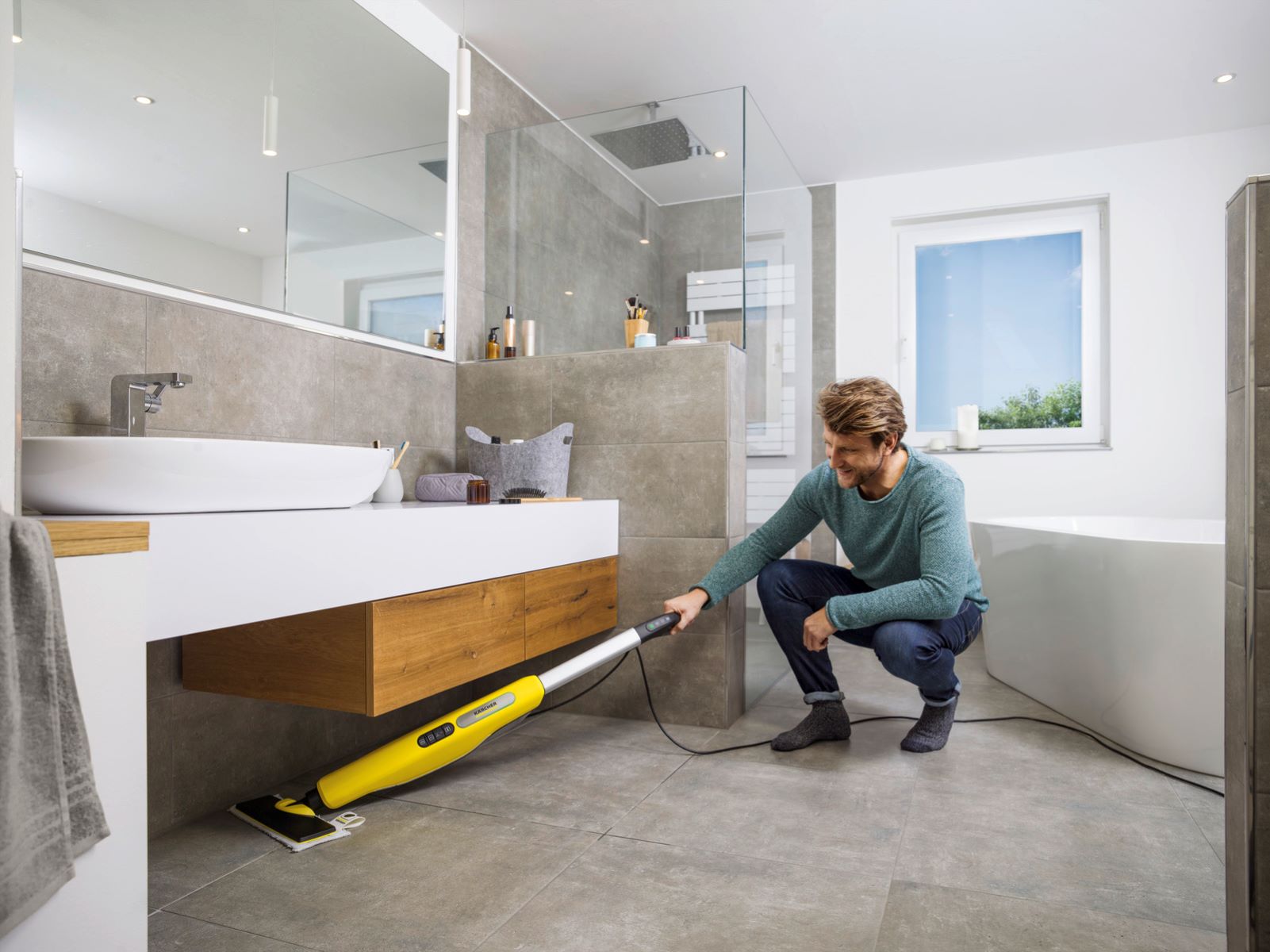

Cleaning Appliances
Why Does My Floor Feel Sticky After I Mop
Modified: October 19, 2024
Discover effective cleaning methods to prevent your floor from feeling sticky after mopping. Learn how to use cleaning appliances for spotless floors.
(Many of the links in this article redirect to a specific reviewed product. Your purchase of these products through affiliate links helps to generate commission for Storables.com, at no extra cost. Learn more)
**
Introduction
**
When you diligently mop your floors, the last thing you expect is to be left with a sticky residue underfoot. This unwelcome sensation can be frustrating and perplexing, especially when you've put in the effort to keep your living space clean and inviting. However, there's no need to be disheartened. Understanding the common causes of sticky floors after mopping and learning effective solutions can help you restore the pristine cleanliness you desire.
In this comprehensive guide, we'll delve into the reasons behind sticky floors after mopping and explore practical tips to prevent and remedy this issue. Whether you're tackling hardwood, tile, laminate, or vinyl flooring, these insights will empower you to maintain a consistently smooth and clean surface. So, let's uncover the mysteries of sticky floors and embark on a journey to pristine, residue-free mopping.
**
Key Takeaways:
- Say goodbye to sticky floors by properly diluting cleaning solutions, rinsing mop heads, and using high-quality products. Embrace the journey to pristine, residue-free mopping with confidence and ease.
- Combat sticky floors with vinegar solutions, steam cleaning, and thorough drying. Regular maintenance and effective cleaning techniques will keep your floors smooth and inviting.
Read more: Why Are My Floors Still Dirty After I Mop
Common Causes of Sticky Floors After Mopping
**
Understanding the potential culprits behind sticky floors after mopping is crucial for effectively addressing this issue. Several factors can contribute to the development of a sticky residue, leaving your floors feeling less than clean. Let’s explore some common causes:
**
Residual Cleaning Solution
**
One of the primary reasons for sticky floors after mopping is the presence of residual cleaning solution. If the cleaning product you use isn’t thoroughly rinsed from the floor, it can leave behind a sticky film. This often occurs when the mop is not adequately wrung out, leading to an excessive amount of cleaning solution being left on the floor surface.
**
Low-Quality Cleaning Products
**
The quality of the cleaning products you use can significantly impact the post-mopping results. Some lower-quality cleaners contain ingredients that leave behind sticky residues, especially when used in excessive amounts. Additionally, certain all-in-one cleaning solutions may not be suitable for specific flooring types, leading to sticky buildup.
**
Hard Water Residue
**
If your mop water contains hard water minerals, such as calcium and magnesium, these minerals can be left behind as the water evaporates, resulting in a sticky residue on the floor. This is particularly common in areas with hard water, and the residue can be exacerbated if the floors are not thoroughly dried after mopping.
**
Read more: How To Mop A Sticky Floor
Dirty Mop Heads
**
Using a dirty or improperly rinsed mop can introduce grime and residue to the floor, contributing to a sticky feel. When a mop head is not adequately cleaned between uses, it can spread old residue and contaminants onto the freshly mopped surface, hindering the achievement of a clean, residue-free floor.
**
Overuse of Cleaning Products
**
Applying an excessive amount of cleaning solution during mopping can lead to a sticky buildup on the floor. While it’s essential to ensure thorough cleaning, using more cleaning product than necessary can result in a residue that is challenging to remove, detracting from the desired clean and smooth finish.
By recognizing these common causes of sticky floors after mopping, you can take proactive steps to address and prevent this issue, ensuring that your cleaning efforts yield the pristine results you expect.
**
Solutions for Preventing Sticky Floors
**
Preventing sticky floors after mopping involves implementing effective strategies to mitigate the factors that contribute to residue buildup. By adopting the following solutions, you can maintain clean, smooth floors without the unwelcome stickiness:
**
Properly Dilute Cleaning Solutions
**
Ensure that you follow the manufacturer’s instructions for diluting cleaning solutions. Using the appropriate concentration of cleaning product can help prevent excessive residue buildup on the floor. Additionally, consider using eco-friendly or pH-neutral cleaners specifically formulated for your flooring type to minimize the risk of sticky residues.
**
Read more: Why Does Lying On The Floor Feel Good
Thoroughly Rinse Mop Heads
**
Prior to mopping, thoroughly rinse the mop head to remove any lingering dirt or cleaning solution from previous uses. This simple step can prevent the transfer of old residue onto the freshly cleaned floor, reducing the likelihood of stickiness.
**
Utilize Distilled Water
**
If hard water residue is a persistent issue, consider using distilled water for mopping. Distilled water lacks the minerals present in hard water, minimizing the risk of leaving behind a sticky film as the water evaporates. This can be particularly beneficial for areas with hard water quality.
**
Opt for High-Quality Cleaning Products
**
Invest in high-quality cleaning solutions that are specifically formulated for your flooring type. These products are less likely to leave sticky residues and can contribute to a cleaner, more polished finish. Additionally, consider using microfiber mops, which are effective at trapping dirt and minimizing residue buildup.
**
Use the Right Amount of Cleaning Solution
**
Exercise moderation when applying cleaning solutions during mopping. Using the recommended amount for your floor’s surface area can prevent excess residue. Remember that more cleaning solution does not necessarily equate to a cleaner floor and can lead to unwanted stickiness.
By implementing these preventive solutions, you can proactively reduce the likelihood of encountering sticky floors after mopping, ensuring that your cleaning efforts result in a pristine and smooth surface.
**
Read more: Why Does My Grass Feel Spongy
Tips for Cleaning Sticky Floors
**
Encountering sticky floors after mopping can be frustrating, but with the right approach, you can effectively address the issue and restore the cleanliness of your floors. Consider the following tips for cleaning sticky floors and achieving a smooth, residue-free surface:
**
Thoroughly Rinse the Floor
**
If you notice sticky residue on the floor after mopping, consider rinsing the affected area with clean water. Use a damp mop or cloth to remove any remaining cleaning solution or residue, focusing on the sticky areas. This can help eliminate the stickiness and prepare the floor for a fresh mopping session.
**
Utilize Vinegar Solution
**
Vinegar is known for its cleaning properties and can be effective in removing sticky residues from floors. Mix a solution of water and white vinegar and use it to mop the sticky areas. The acidic nature of vinegar can help dissolve the residue, leaving the floor feeling cleaner and smoother.
**
Consider Steam Cleaning
**
If traditional mopping methods have not effectively addressed the stickiness, consider using a steam cleaner designed for your flooring type. Steam cleaning can penetrate and lift stubborn residues, providing a thorough and effective solution for sticky floors.
**
Spot-Treat Stubborn Areas
**
If certain areas exhibit persistent stickiness, spot-treat them with a specialized floor cleaner or a gentle solvent recommended for your flooring material. Carefully follow the product instructions and use a clean cloth to target and remove the stubborn residue.
**
Dry the Floor Thoroughly
**
After addressing the stickiness, ensure that the floor is thoroughly dried to prevent the recurrence of residue buildup. Use a dry mop or towels to remove excess moisture, paying particular attention to any areas that were spot-treated. Proper drying can contribute to a smoother and cleaner floor surface.
**
Regular Maintenance
**
Implement a regular cleaning and maintenance routine to prevent sticky floors in the future. By consistently using the appropriate cleaning methods and products, you can minimize the accumulation of residue and maintain the cleanliness of your floors.
By incorporating these tips into your cleaning regimen, you can effectively address sticky floors and restore the pristine condition of your living space, ensuring a smooth and inviting floor surface.
**
Conclusion
**
Encountering sticky floors after mopping can be a perplexing and inconvenient experience, but armed with the knowledge of common causes, preventive solutions, and effective cleaning tips, you can overcome this challenge and maintain impeccably clean floors. By understanding the impact of residual cleaning solution, the quality of cleaning products, hard water residue, dirty mop heads, and excessive cleaning product usage, you can proactively address these factors to prevent sticky floors.
Implementing preventive measures, such as properly diluting cleaning solutions, thoroughly rinsing mop heads, utilizing distilled water, and opting for high-quality cleaning products, can significantly reduce the likelihood of encountering sticky residues after mopping. These proactive steps empower you to maintain a consistently smooth and clean floor surface.
When faced with sticky floors, employing effective cleaning tips, such as thorough rinsing, utilizing vinegar solutions, considering steam cleaning, spot-treating stubborn areas, and ensuring thorough drying, can help restore the cleanliness of your floors. Additionally, consistent maintenance and cleaning practices can contribute to the long-term prevention of sticky floors, ensuring that your living space remains inviting and pristine.
By combining preventive strategies, effective cleaning techniques, and regular maintenance, you can bid farewell to sticky floors and revel in the satisfaction of a smooth, residue-free floor surface. With these insights at your disposal, you are equipped to conquer sticky floors and elevate the cleanliness of your home with confidence and ease.
So, embrace the journey to pristine, residue-free mopping, and revel in the delight of smooth, immaculate floors that enhance the allure of your living space.
Frequently Asked Questions about Why Does My Floor Feel Sticky After I Mop
Was this page helpful?
At Storables.com, we guarantee accurate and reliable information. Our content, validated by Expert Board Contributors, is crafted following stringent Editorial Policies. We're committed to providing you with well-researched, expert-backed insights for all your informational needs.
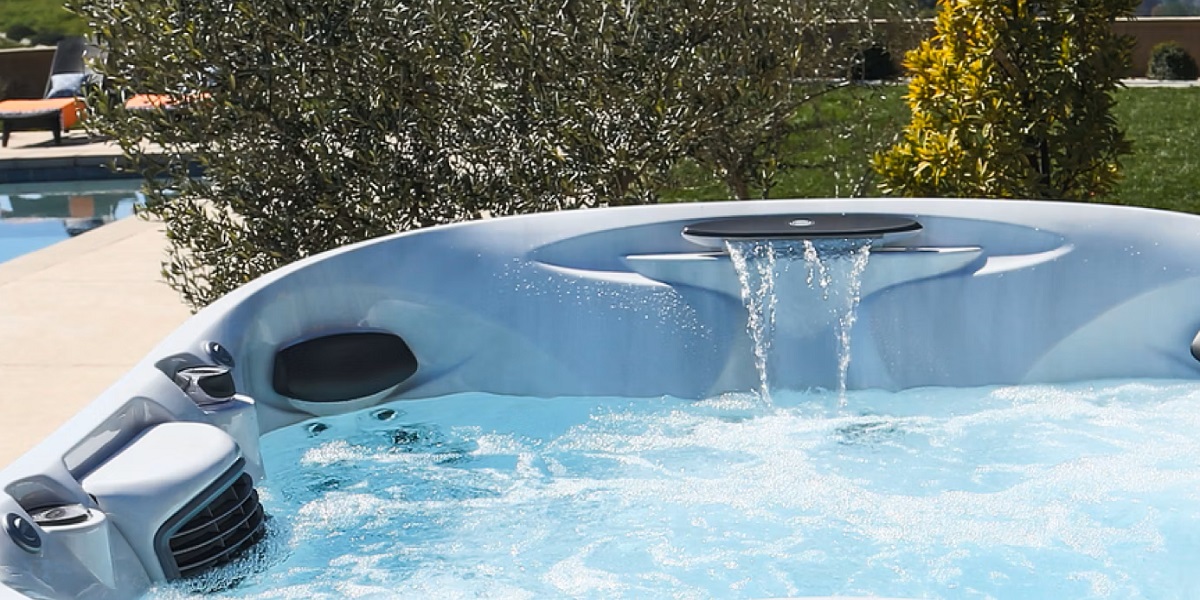
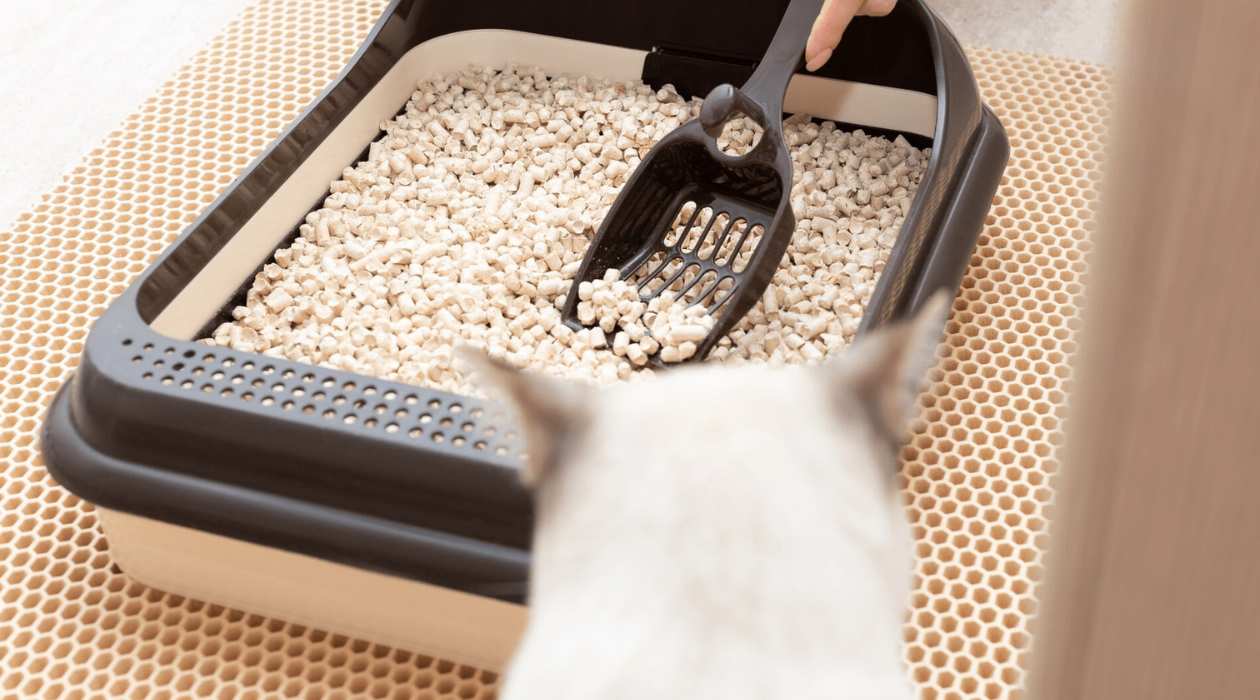
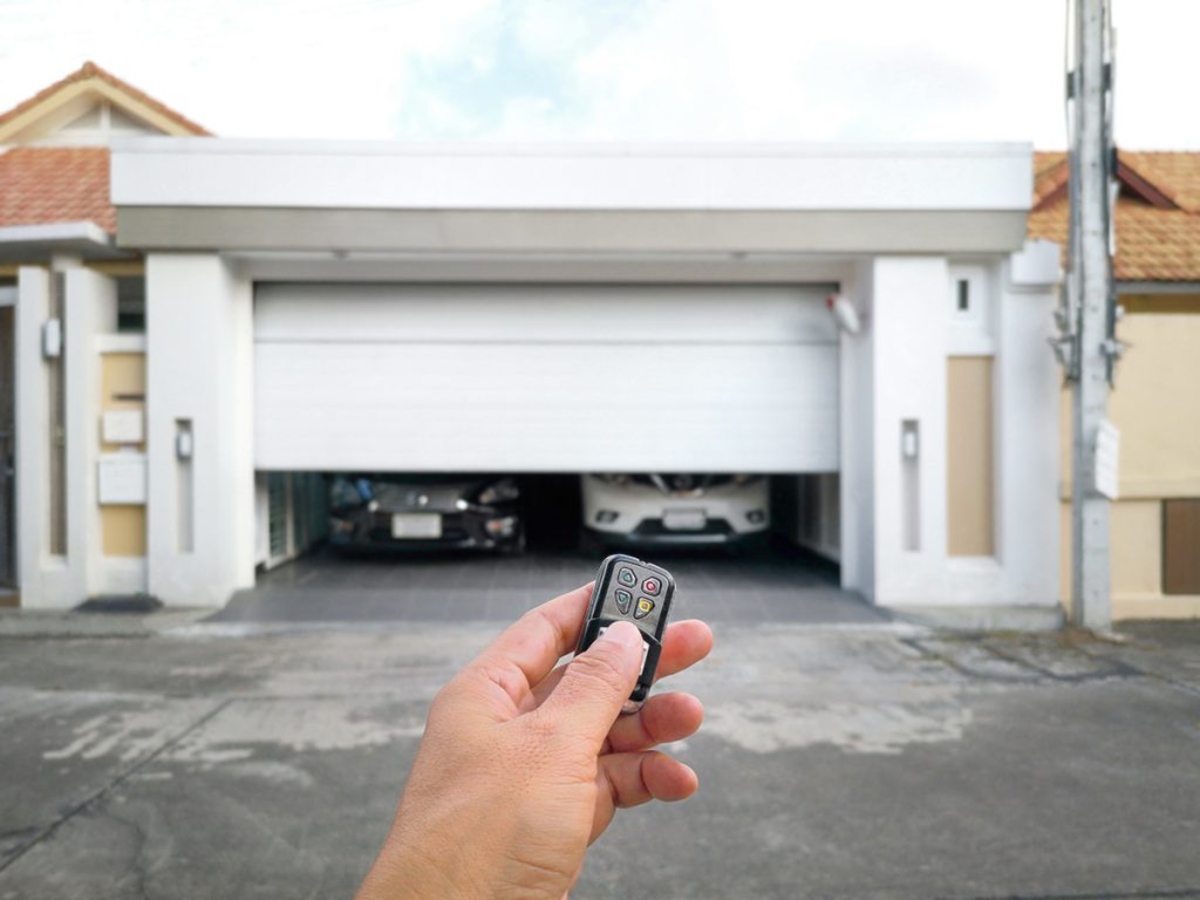
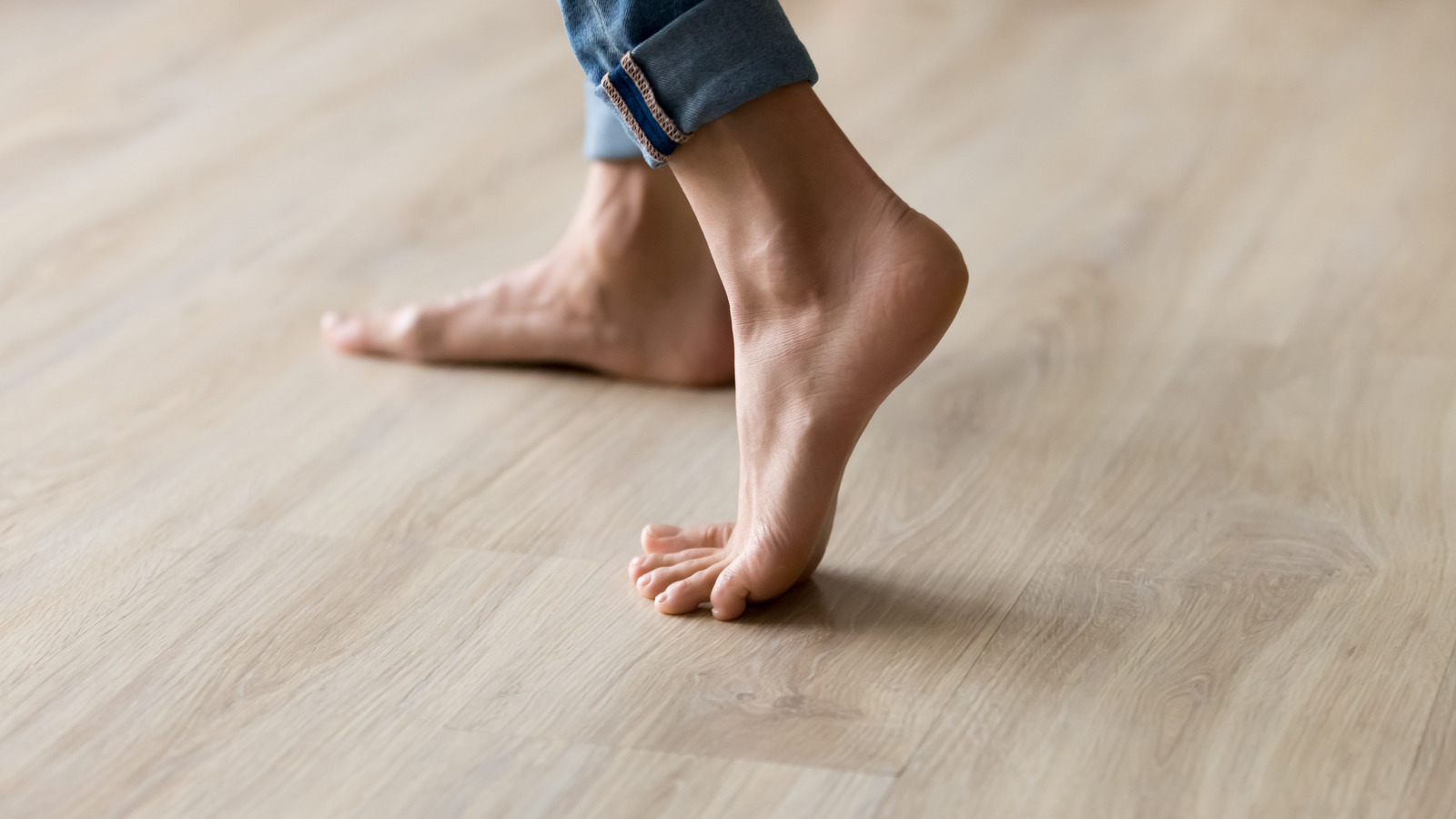
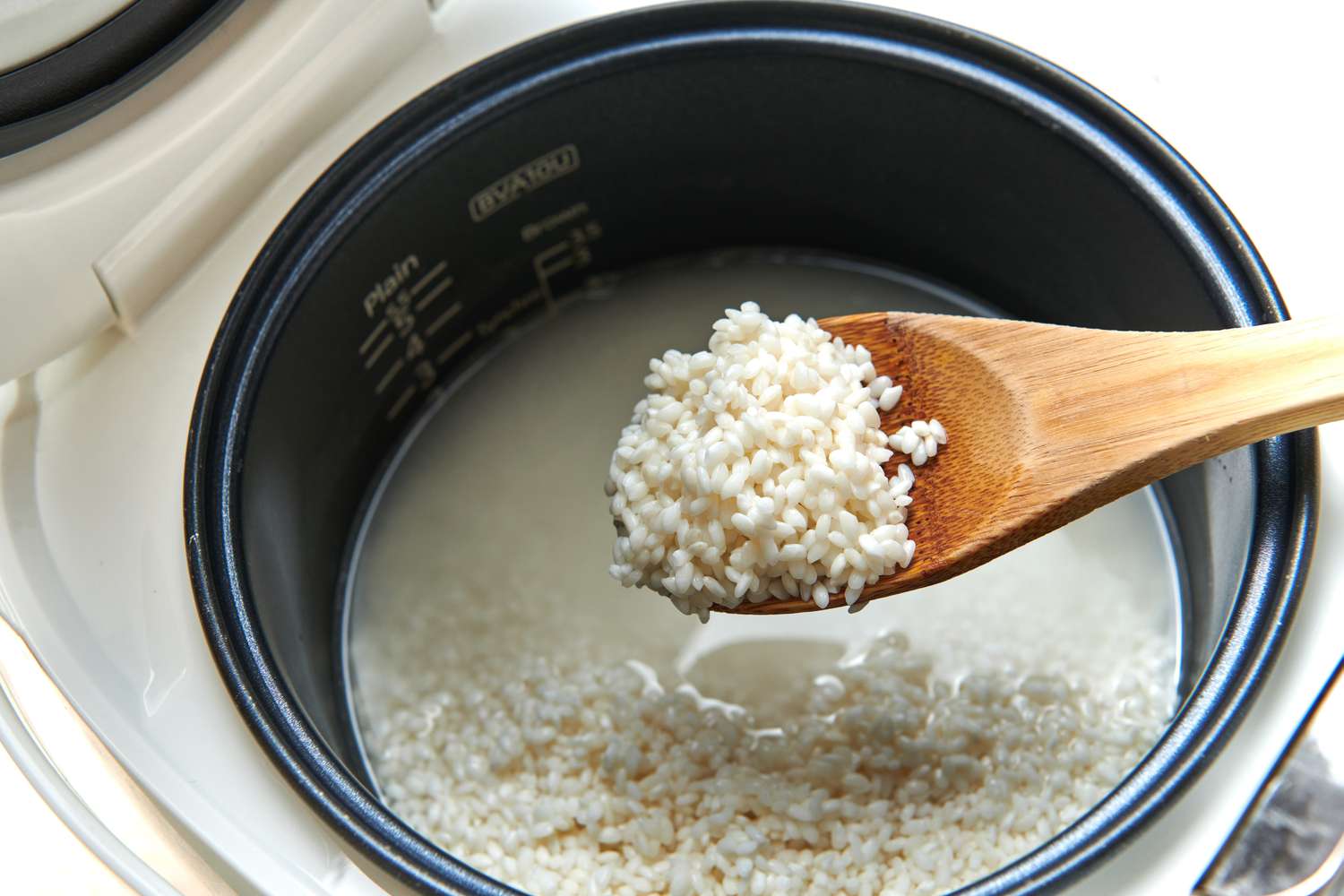
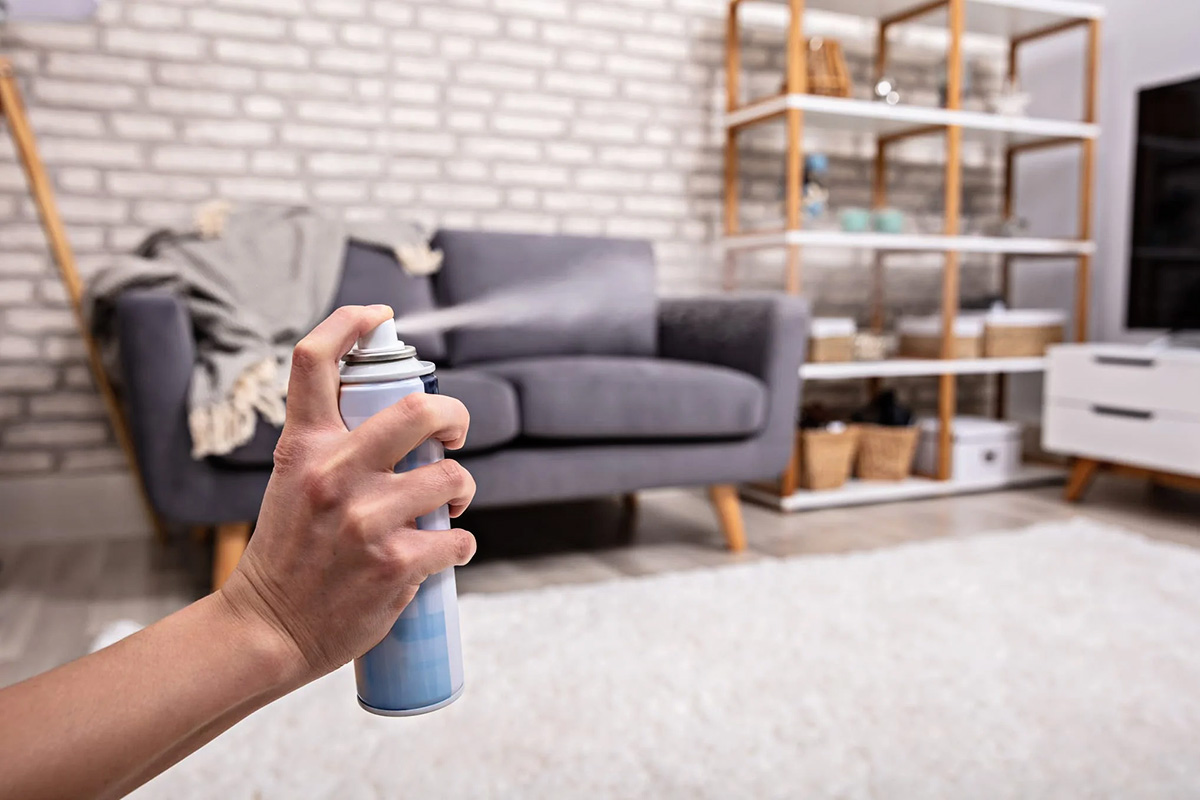
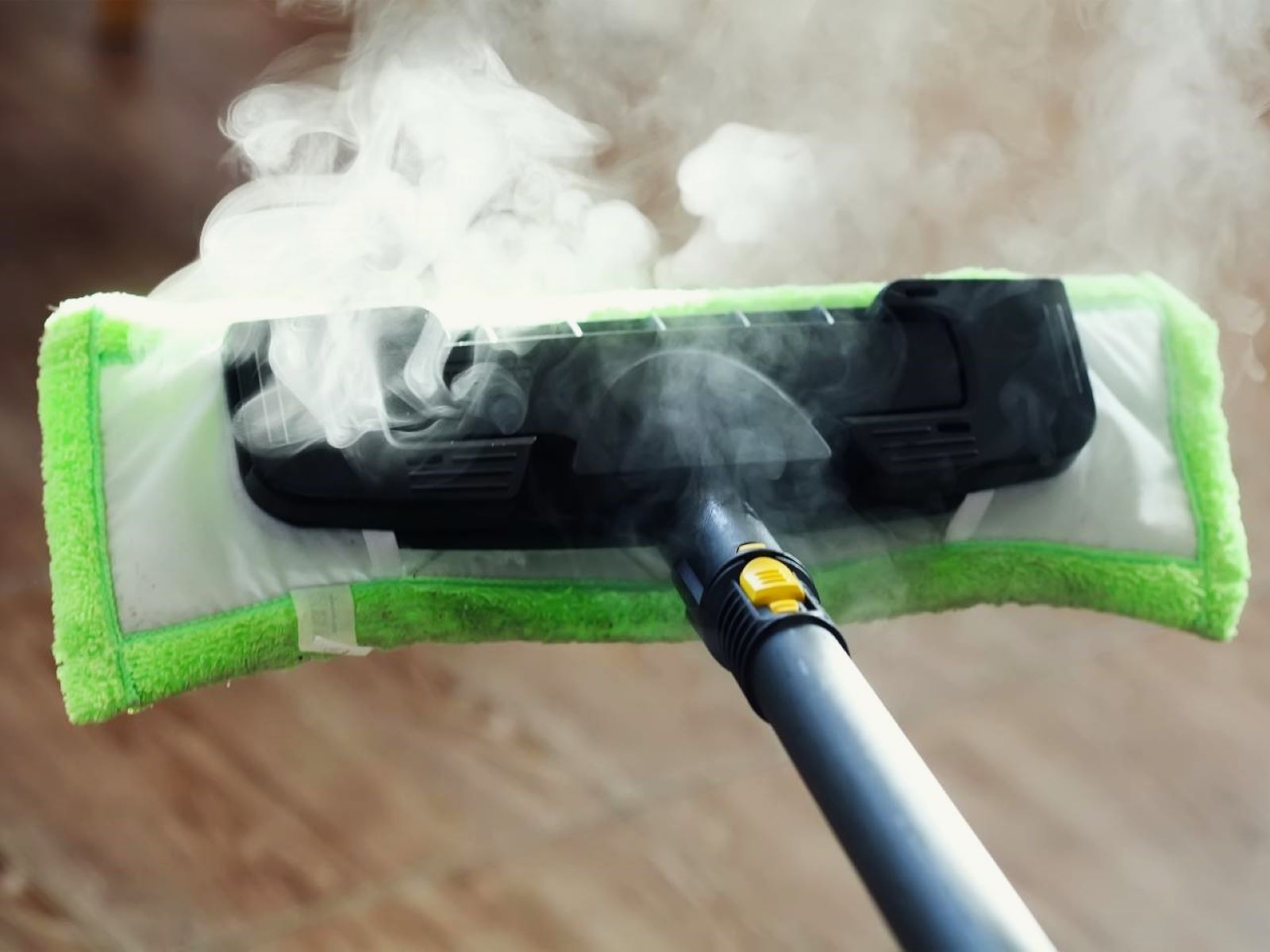
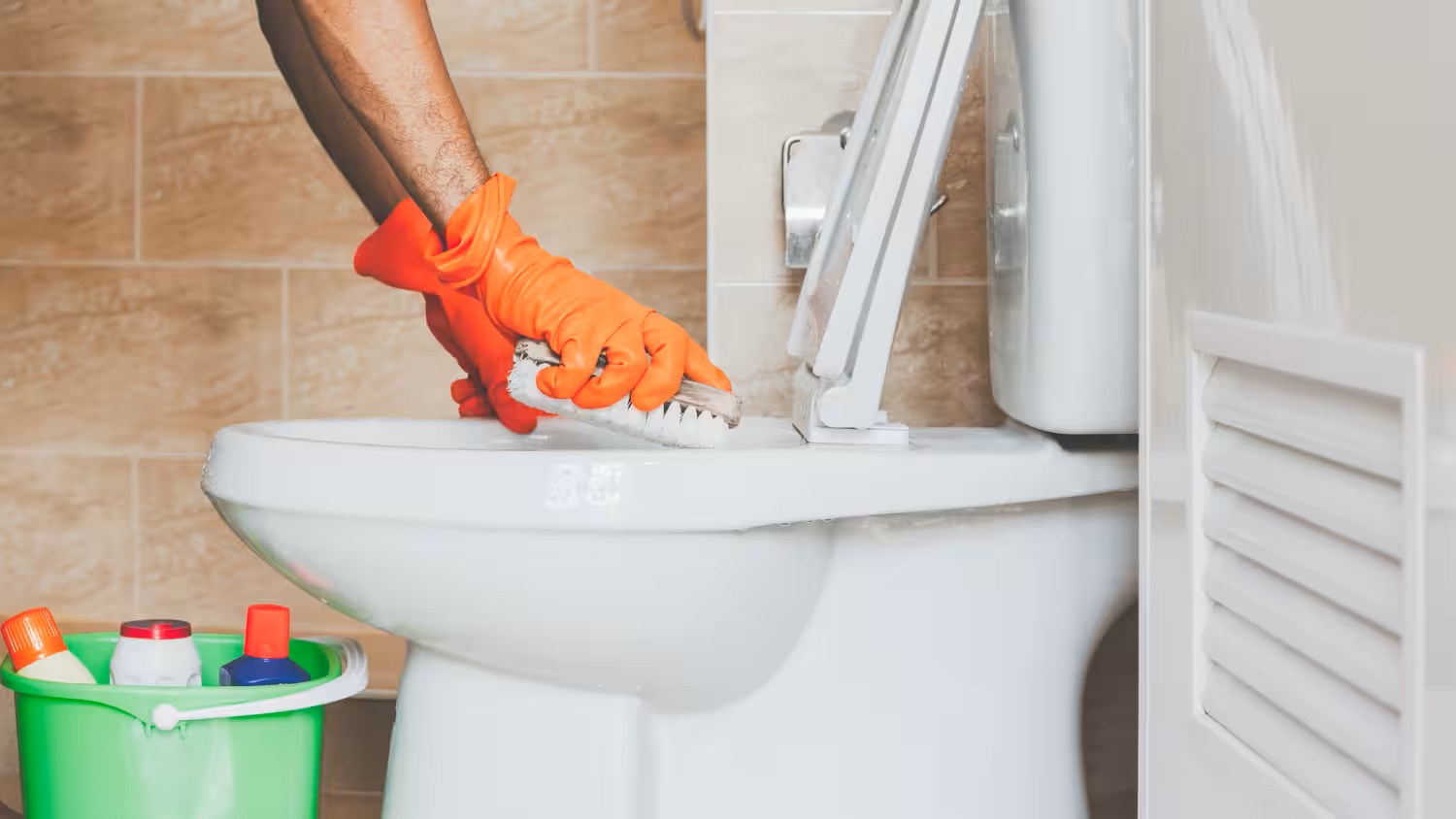
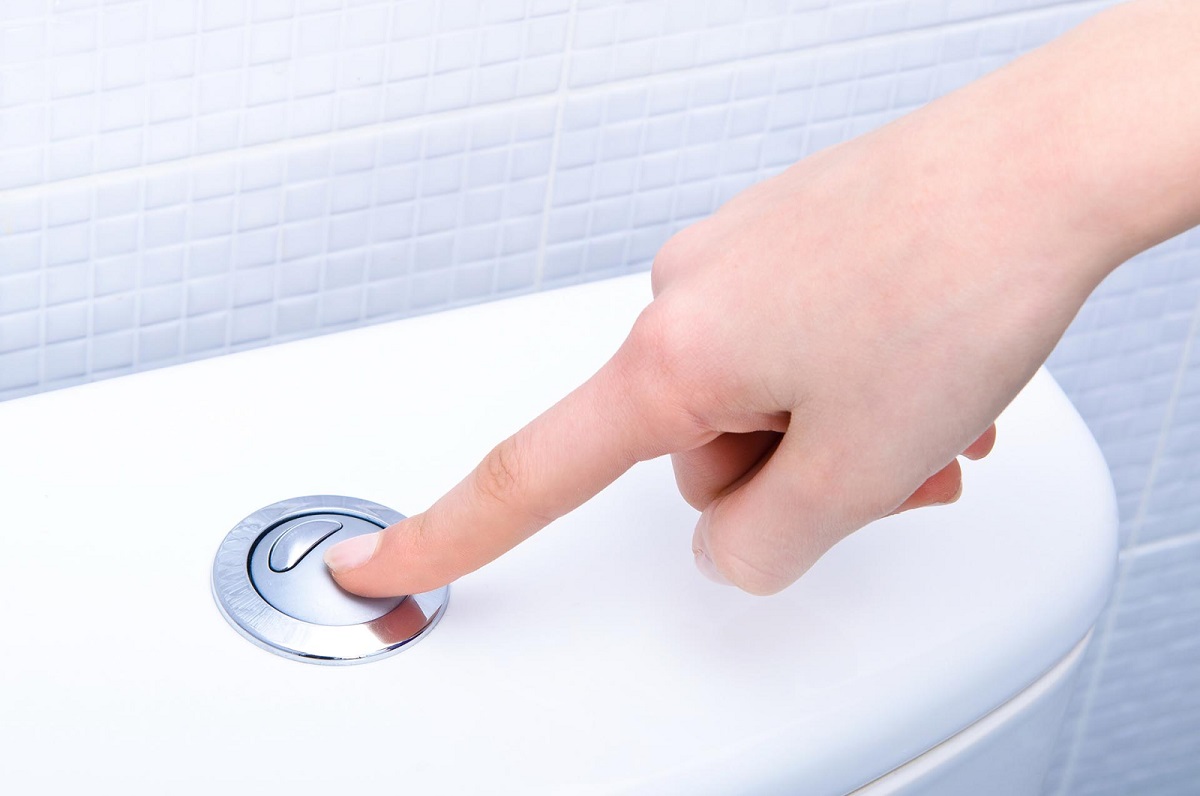
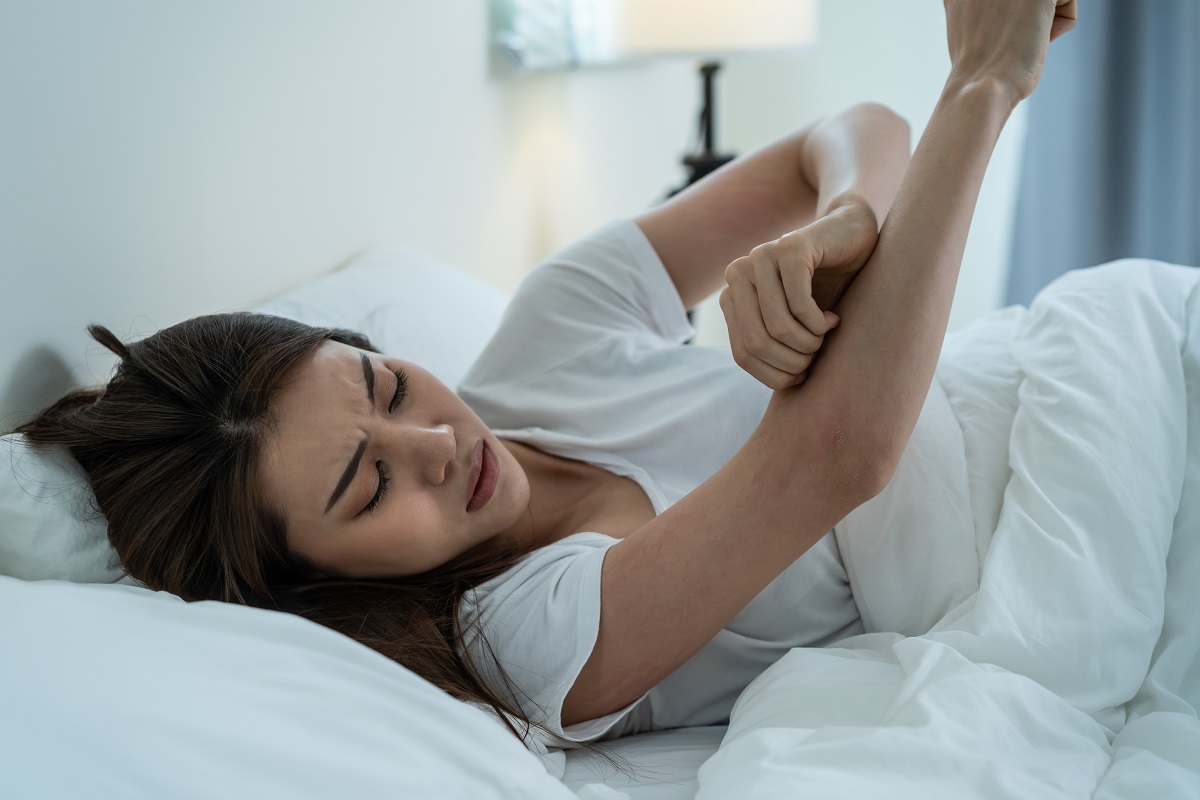
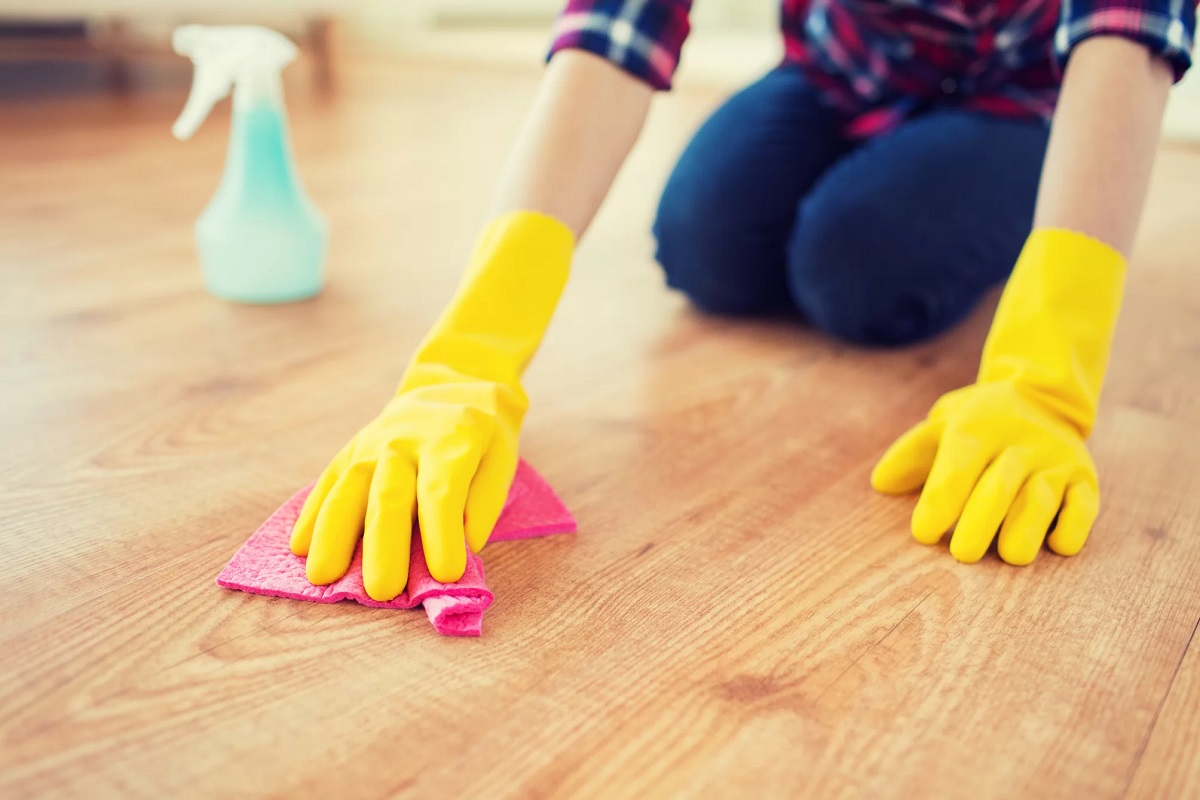

0 thoughts on “Why Does My Floor Feel Sticky After I Mop”